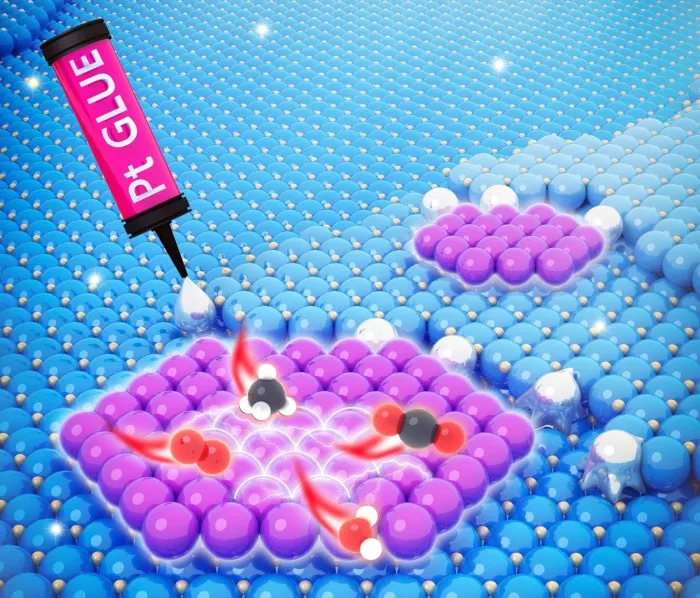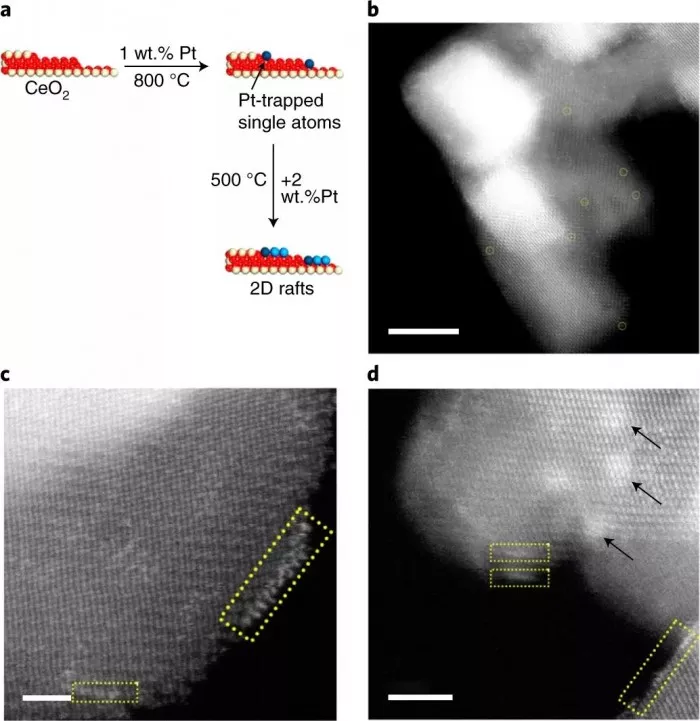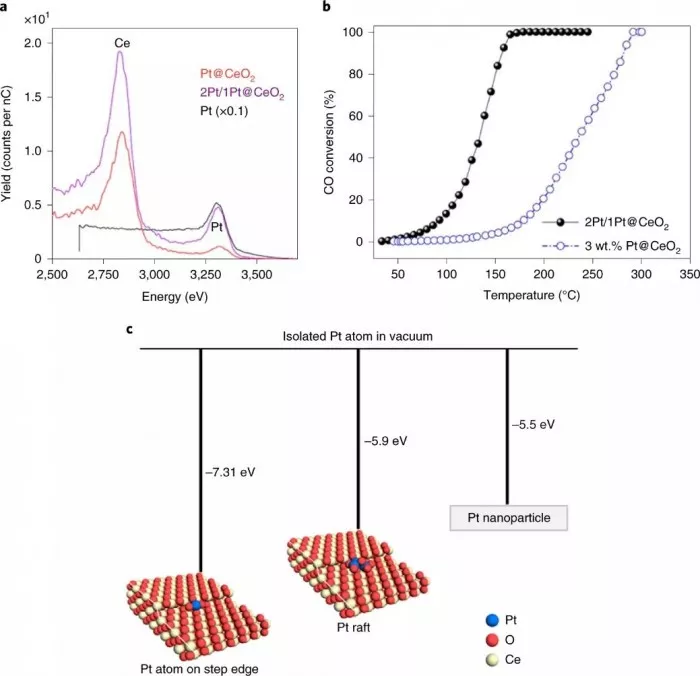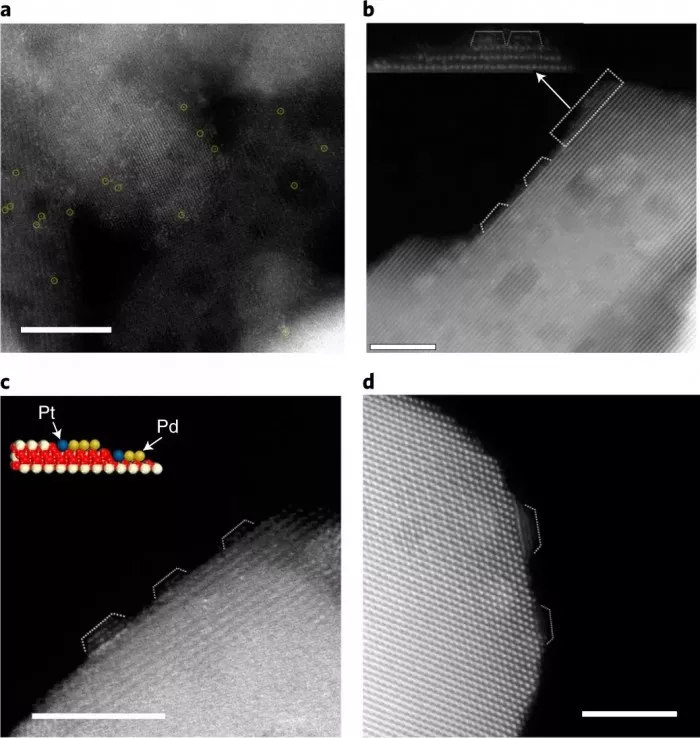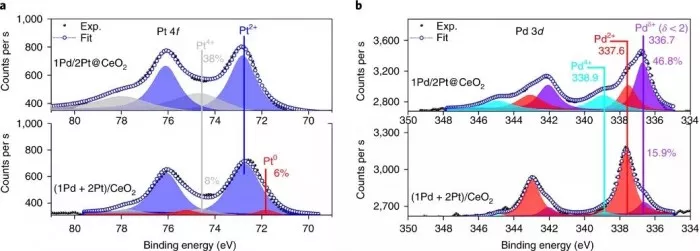Although Oil To Gas Can Reduce Carbon Dioxide And Particulate Pollutants In Gasoline And Diesel Engines By About 1 / 4, They Still Emit Unburned Methane. The Main Reason Is That The Catalytic Converter In The Exhaust Pipe System Is Inefficient At Low Temperature However, A New Study Published In The Journal Nature Catalysis On October 18, 2021 Still Introduces A New Palladium Oxide Catalyst That Can Remove Emissions And Enhance Water Vapor Tolerance
(from Cortland Johnson / PNNL)
The Research Group Of Professor Xiong Haifeng, School Of Chemical Engineering, Xiamen University, Introduced The Important Progress In Atom Capture Modification Of Support, And Then Control The Formation Of Two-dimensional Metal / Metal Oxide In Heterogeneous Catalyst And Thermal Catalysis.
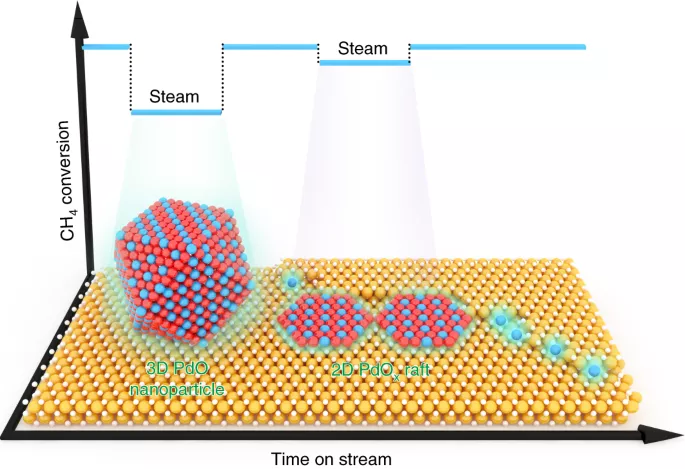
Compared With The Prior Art, The Palladium Oxide (PD) Catalyst "Raft" Combined With A Single Platinum Atom Is Expected To Make The Power System Of Natural Gas Engine Trucks, Off-road Vehicles And Other Equipment Cleaner, More Efficient And Practical.
Figure 1: Scanning Electron Micrograph Of Two-dimensional Pt Raft
Specifically, This New Catalyst Can Purify Natural Gas And Make The Catalytic Process More Resistant To Water Vapor, So As To Reduce The Emission Of Unburned Methane.
Figure 2: Reactivity / Energy Evaluation Of Carbon Monoxide Deposited On Engineering Catalyst Support
Washington State University Gene & Amp; Yong Wang, Distinguished Professor Of Linda Volland School Of Chemical Engineering And Bioengineering, Said: "the Improvement Of Energy Efficiency Must Go Hand In Hand With Post-treatment Technology. At Present, There Is Still Room For Further Improvement In The Efficiency Of Natural Gas Combustion And Utilization".
Figure 3: Evaluation Of Methane Oxidation Reactivity Of PD Based Catalyst With / Without Steam.
The Study Brought Together Partners From The United States, The European Union And China, And Carried Out Relevant Work Under The Leadership Of Washington State And The University Of New Mexico.
Figure 4: Ac-stem Image Of Atom Capture / Deposition
Although Oil To Gas Conversion Is Not Common In The United States, It Is Relatively Common In China, Iran And India. Due To Less Pollution Than Gasoline And Diesel Engines, gas Engines Are Often Used In Trucks / Buses In Urban Areas, And The Natural Gas Industry Is Pumping Gas To Thousands Of Homes Through Thousands Of Compressors.
Study Diagram - 5:1pd/ 2Pt@CeO ⑦ XAS Spectra Of Samples
The Problem Is That The Higher The Working Efficiency Of The Engine And The Cleaner The Combustion, The Lower The Exhaust Temperature And The Less Ideal The Pollutant Removal Effect Of The Corresponding Catalyst. What's More, Unburned Methane Is A Powerful Greenhouse Gas (about 25 Times That Of Carbon Dioxide).
Study Layout - 6:1pd/ 2Pt@CeO XPS Spectra Of 2 And (1pd + 2pt) / CEO ν Catalysts
Professor Yong Wang Added: Water Is One Of The By-products Of Methane Combustion, And The Performance Of Traditional Catalysts Is Very Poor In The Presence Of Water, Which Leads To The Contradiction That "burning Cleaner Fuel ≠ Better Pollutant Removal Effect".
Figure 7: DFT Simulation Of Methane Oxidation / Water Decomposition On Metal Pd / PD Oxide
The Good News Is That Compared With The Commonly Used Catalyst Made Of PD Oxide Nanoparticles, The New Raft Has Better Resistance To Water Vapor And Improves The Reaction Efficiency.
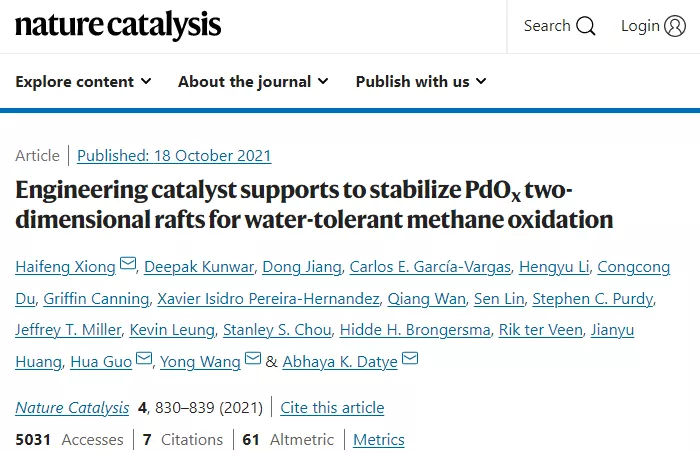
(from: Nature Catalysis)
Abhaya K. Datye, A Professor In The Department Of Chemistry And Bioengineering At The University Of New Mexico And One Of The Corresponding Authors Of The Study, Said:
Strong Binding Pt Can Be Used As The Nucleation Site For Adding Metal Atoms. With The Help Of Captured Pt Atoms, We Can Prove The Travel Of Two-dimensional Raft Of Pt And PD Oxide, Which Can Change The Oxidation State And Reactivity Of The Active Phase.
Our Theoretical Calculation Shows That The Raft Is Not Easy To Decompose Free Water, Thus Inhibiting The Adverse Effect Of 'water Poisoning' In The Catalytic Process Of Methane Oxidation.
Looking Forward To The Future, Researchers Hope To Further Promote Catalyst Technology And Finally Cooperate With Industry To Realize Commercial Application.
[Research On Thermally Stable Monatomic Catalyst By Professor Xiong Haifeng's Research Group Published In Nature Catalysis] (from: Xiamen University)
Recently, Professor Xiong Haifeng's Research Group Of The School Of Chemistry And Chemical Engineering Has Made Important Progress In Atom Capture Modification Of Carriers To Control The Formation And Thermal Catalysis Of Two-dimensional Metal / Metal Oxides In Heterogeneous Catalysts.
Relevant Research Results Are Published In Nature Catalysis (DOI: 10.1038 / S41929-021-00680-4) Under The Title Of "engineering Catalyst Supports To Stabilize Pdox Two-dimensional Rafts For Water Tolerant Metal Oxidation".
Accurate Control Of The Size, Morphology And Oxidation State Of Metal Particles Is An Important Challenge In The Preparation Of Heterogeneous Catalysts. Traditional Catalysts Often Need Calcination At High Temperature (& Gt; 300 ℃), Which Makes It Difficult For Metals To Maintain The Morphology / Size During Deposition.
The Surface Of Pd-154 Was Prepared On The Basis Of Atomic Capture Of H29 And Pd-154 In The Early Stage Of Sintering, And The Surface Of Pd-1413 Was Modified On The Basis Of Science, 2017 And So On.
This Pdox Two-dimensional Raft Shows Excellent Low-temperature Catalytic Activity And Water Resistance In The Complete Oxidation Of CH4, And Its Oxidation Resistance Is Better Than That Of PD And Pt Pd Catalysts Prepared By Ordinary Impregnation Method.
The Spectroscopic Study Shows That The Excellent Water Resistance Of Two-dimensional Raft Pdox Catalyst Is Due To The Difference In Electronic Structure And Morphology Between Two-dimensional Raft Pdox And Three-dimensional PDO Particles. Density Functional Theory Calculations Further Clarify The Differences In The Interaction Between Water Vapor And Two-dimensional Pdox Rafts And PDO Particles.
This Work Shows That The Structure And Properties Of Subsequent Deposited Metals Can Be Changed By Pre Modifying Metal Atoms On The Surface Of The Support, Which Provides A New Idea And Method For The Rational Design And Development Of Heterogeneous Catalysts.
Professor Xiong Haifeng Is The Co First Author And Co Corresponding Author Of The Paper. Postdoctoral Du Congcongcong And Doctoral Student Li Hengyu Of Xiamen University Participated In The Work. Professor Wang Yong Of Northwest Pacific National Laboratory And Washington State University And Professor Guo Hua And Professor Abhaya Datye Of The University Of New Mexico Are The Co Corresponding Authors Of The Paper.
The Research Work Has Been Supported By The National Natural Science Foundation Of China (22072118, 222100020).

